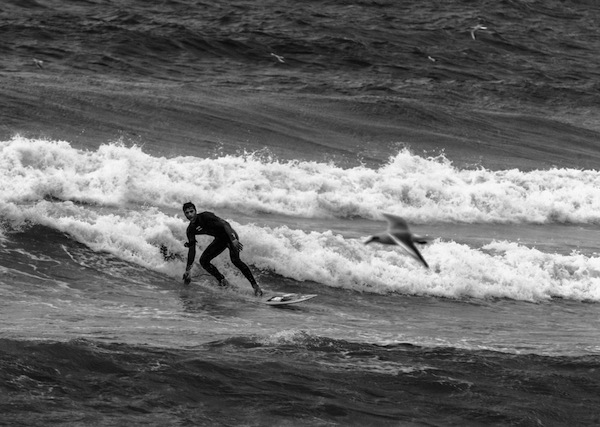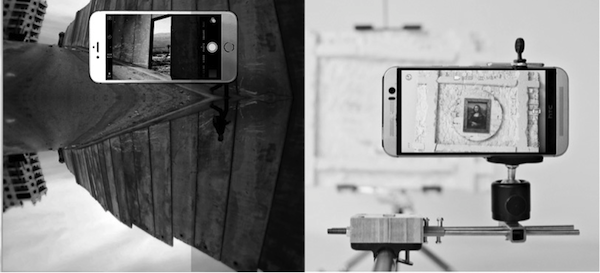Art & Exhibitions
Qalandiya International: A Multi-City Palestinian Biennial for a Fragmented Territory
This year's exhibitions ruminate on the idea of a Palestinian 'return.'

This year's exhibitions ruminate on the idea of a Palestinian 'return.'

Alyssa Buffenstein

Not even a VIP card can get some visitors into the 2016 Qalandiya International (Qi). The third edition of the biennial, which aims to put Palestinian art on the contemporary art map, opened on October 5 in eight different cities around the region and abroad. Haifa, Jerusalem, Ramallah, Bethlehem, Beirut, Amman, and London all host exhibitions and events under the overarching title “The Sea is Mine.” With military checkpoints stationed between exhibition venues, Qi 2016 makes a statement about freedom of mobility just in its choice of geography.
This year, Qi’s theme is the idea of the “return,” an undoing of the Nakba. When the state of Israel was established in 1948, an estimated 750,000 Palestinians were displaced, their homes and towns destroyed. These events came to be known as the Nakba, meaning “catastrophe.” Today, the idea of a Palestinian return takes on new meanings in light the current migrant crisis, putting a new perspective on the reality of long-term refugee camps.

A photograph by artist Shareef Sarhan depicting a Palestinian surfer, part of the “Freedom Riders” Project. Image courtesy of Qalandiya International.
The curatorial statement of Qi 2016 claims that the idea of establishing a Palestinian state, with a capital in Jerusalem, has been “diminished to merely the symbolic realm of visual culture.”
It reads, “we cannot help but view the current refugee crisis, with so many trying to cross the Mediterranean to Europe as they flee the region, especially Syria, as a reproduction of the Palestinian tragedy with all its ramifications and larger questions.”
Among other themes, works in the exhibitions will address questions of geopolitical borders, ownership of space and land, memory and heritage, and belonging.

Artist Andreas Christodolu’s fictional “Gazagram” augmented reality app. Christodolu is a contributor to the London-based design group, the Palestinian Regeneration Team. Image courtesy Qalandiya International.
For this year’s third edition of the biennial, venues branch out into Jordan and Lebanon for the first time, in addition to exhibitions in both Israeli and Palestinian territory. Although the locations, besides London, are all within short driving distance of each other, Palestinian and Israeli citizens will not be able to visit certain parts of the exhibition.
Lacking a central hub, the bulk of the exhibitions takes place in Ramallah. Qi has 16 partners to help make it happen, from artists collectives, to universities, non-profit organizations, institutions, and foundations.
The name Qalandiya refers to a small, ancient Palestinian village in the West Bank, as well as the refugee camp of the same name, established in 1949 and located just east of Jerusalem. A major Israeli checkpoint between Jerusalem and the West Bank, and a now-defunct Jerusalem airport, also bear the same name.